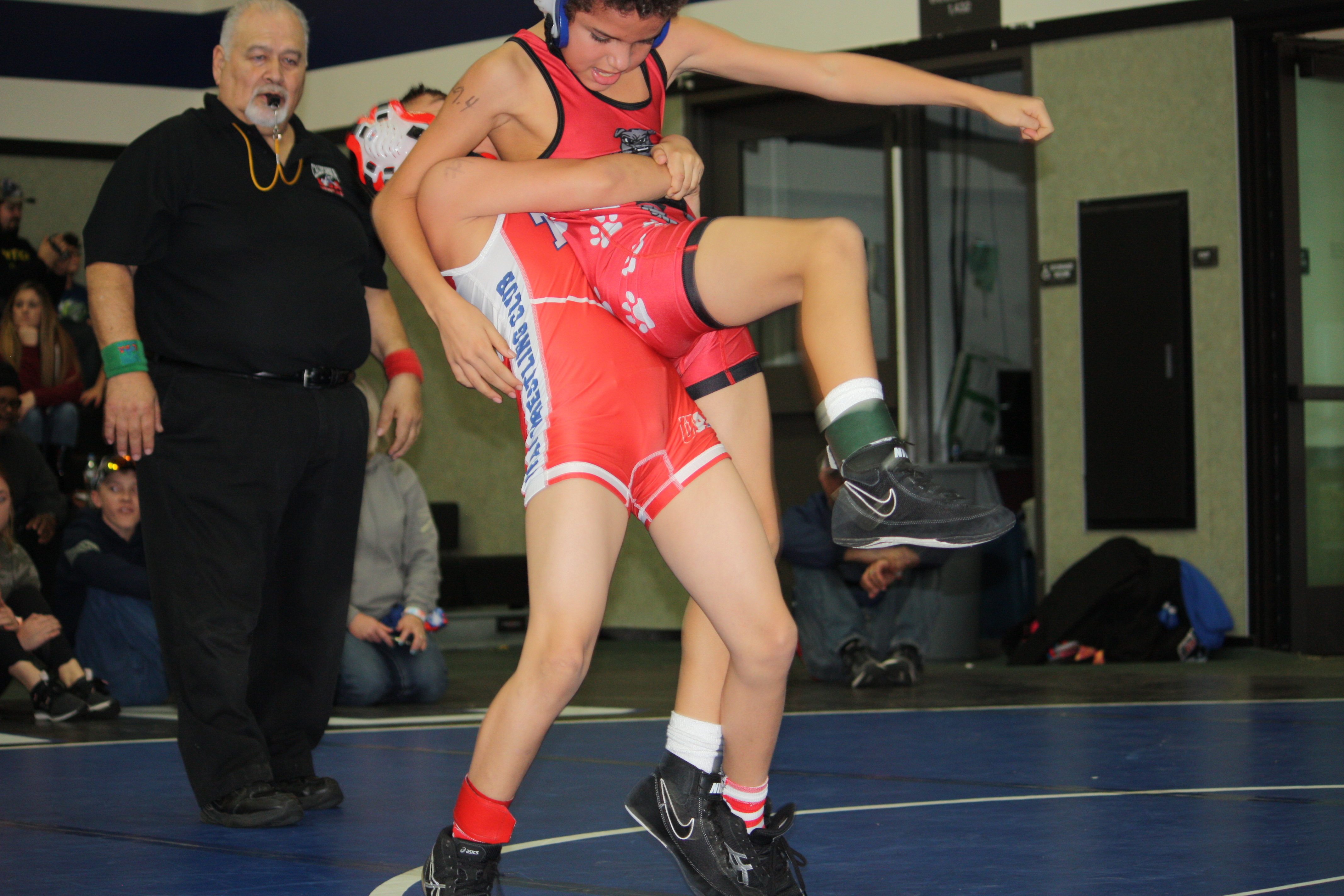With the enrollment of five new athletes for our TWC Summer Program, wrestling is thriving in Tracy! The Tracy Wrestling Club has well over one hundred youth athletes and it seems more kids are interested each day. With future champions joining, it’s a good time to explain wrestling to our new members and those thinking of joining.
There are three primary forms of wrestling in the US. Folkstyle is wrestled in college, high school and youth wrestling. The Olympic styles of wrestling, Freestyle & Greco Roman, are wrestled in the Olympics and youth wrestling. Don’t worry I’ll explain more.
Folkstyle
The Folkstyle (or Collegiate) season is in the winter. Most teams start in November and end in late Feb/early March. This is often when new wrestlers begin, however at TWC wrestlers can begin any time of the year. Our coaching staff will separate the beginning wrestlers from the advanced wrestlers to ensure the fundamentals are taught. The Freestyle & Greco Roman (Olympic styles) wrestling season starts in March and ends in May. These styles run concurrent. In fact, the BEST way to improve for the next season is to wrestle Freestyle & Greco-Roman Wrestling. Again, at TWC wrestlers can begin any time of the year so newcomers are definitely welcome.
Folkstyle style wrestling occurs in college, high school, and youth club wrestling. A match consists of three periods. The duration of a period varies based on the age of the competitors. For example, younger wrestlers (5 – 10 years old) typically have three 1-minute periods, while older kids may have 1.5-minute periods. High school periods are 2 min long. A match it won by either points or a pin.
A take-down is worth 2 points and occurs when you bring your opponent safely from their feet down to the mat and you gain control behind them. Holding your opponent on their back without pinning them can earn “back points”. A pin (or Fall if you prefer the technical term) occurs when you hold both of your opponents shoulder blades to the mat simultaneously. Points are also be earned for Escape and Reversal. Escapes are worth 1 point while reversing from the bottom to the top position is worth 2 points.
Freestyle
Freestyle wrestling is popular throughout the world and is similar to Folkstyle. A freestyle match consists of two periods. Like folkstytle, the duration of the period varies based on the age of the competitors. A wrestler wins a match by out scoring his/her opponent or by pin.
Take-down points can vary depending on the action and risk taken by the offensive wrestler. In general, 5 points are awarded for a take-down brought about by a throw of grand amplitude that places the defensive wrestler in an immediate danger position. Not injury danger, but danger of a pin. 4 points are awarded for a take-down brought about by a throw of grand amplitude as in the 5-point throw, but does not put the opponent into a direct and immediate danger position. 3 points are awarded for a take-down brought about by a short amplitude throw that does not bring his opponent in a direct and immediate danger position or for a take-down in which a wrestler’s opponent is taken from his feet or his stomach to his back or side (a throw of short amplitude) so that he is in the danger position. 2 points are awarded for a take-down brought about by a wrestler taking his opponent from his feet to his stomach or side such that his back or shoulders are not exposed to the mat and while in this position holding him down with control.
Exposure points are earned each time the offensive wrestler tilts the defensive wrestlers back to the mat breaking a 90 degree plane. Other ways to earn or give up points to your opponent are through reversal, penalty, out-of-bounds, and passivity.
Greco Roman
Greco Roman is different than both folkstyle and freestyle wrestling because you are not allowed to grab blow the waist when initiating a take-down. Additionally, the point system is not cumulative. A wrestler wins the match when he has won two out of three periods. Points are awarded in the same way as Freestyle with the exception of a 3 point take-down, which does not exist in Greco Roman. Points are also accumulated by reversal, penalty, and out-of-bounds.
A well rounded wrestler will be proficient in all three styles of wresting. Although each style of wrestling is slightly different, each has attributes that are relevant to each other and tactics that can be used universally.



